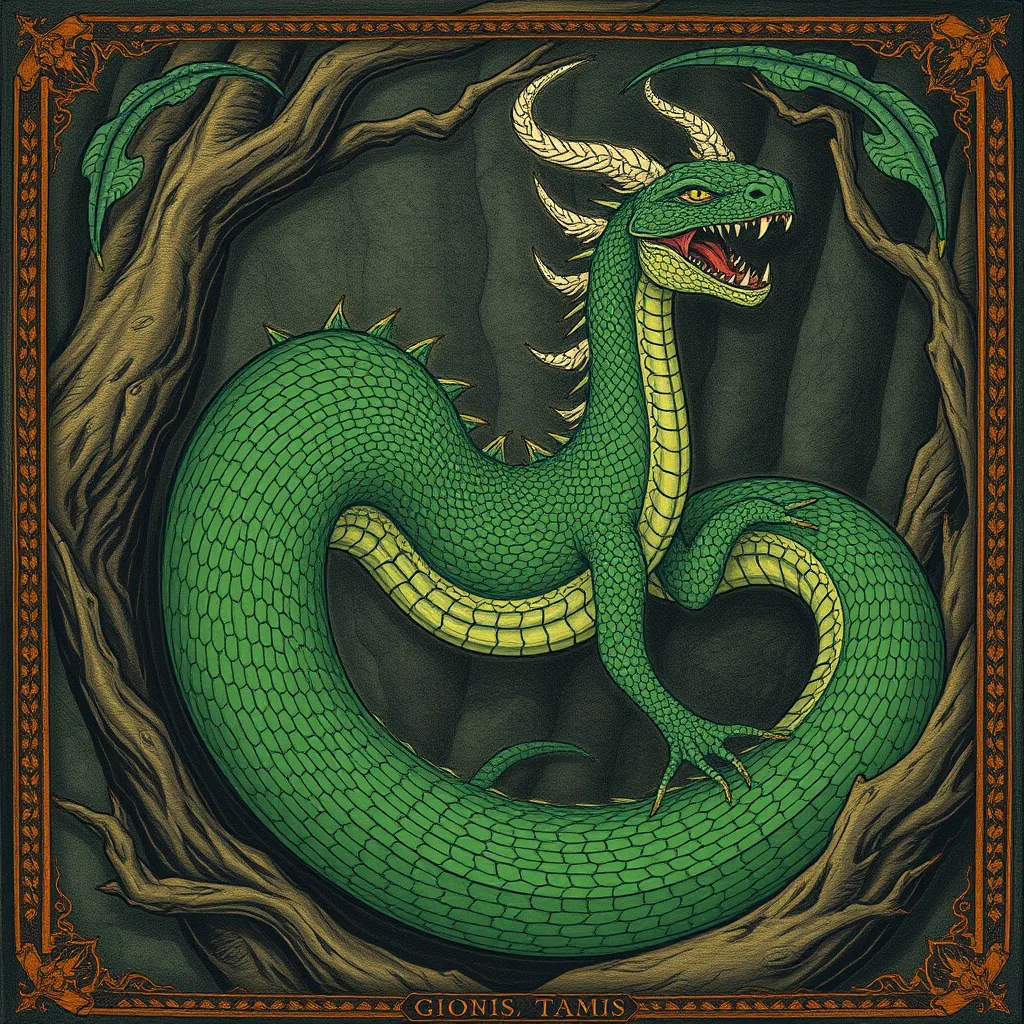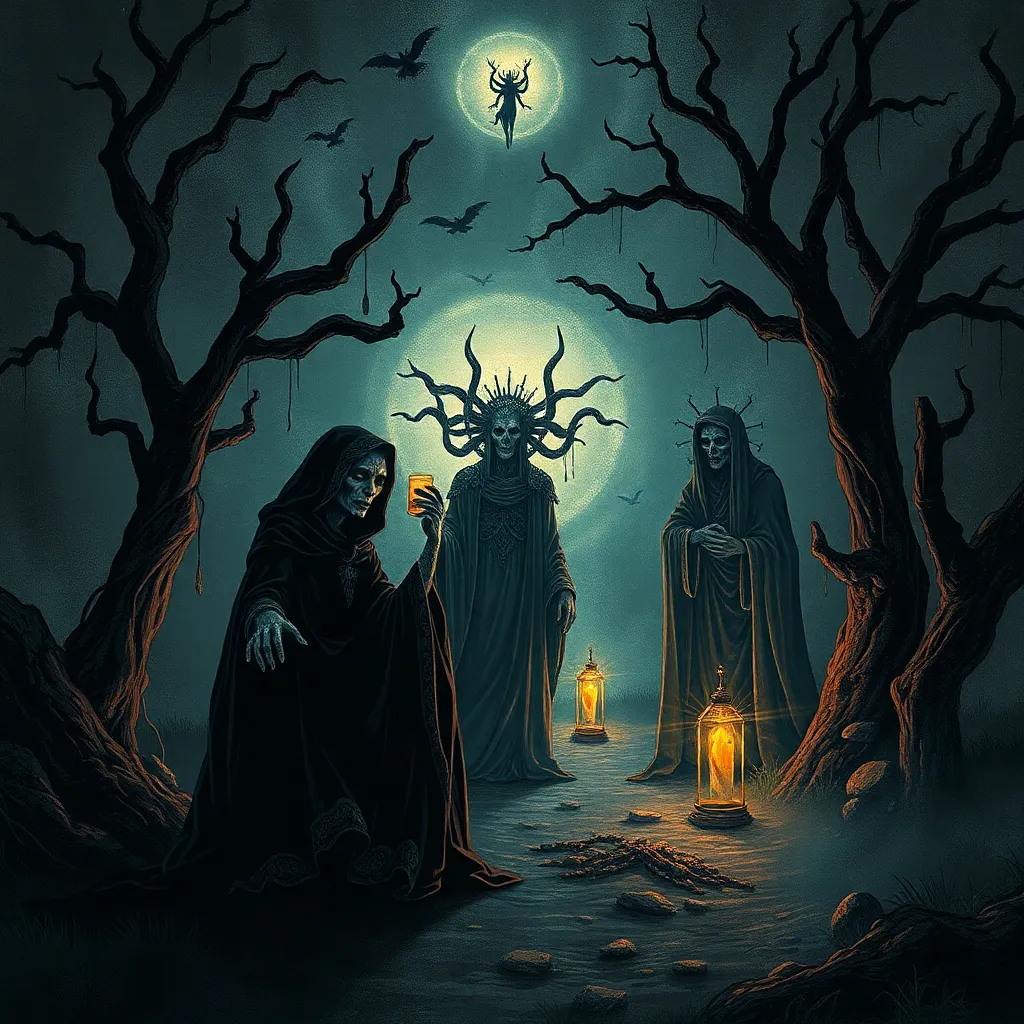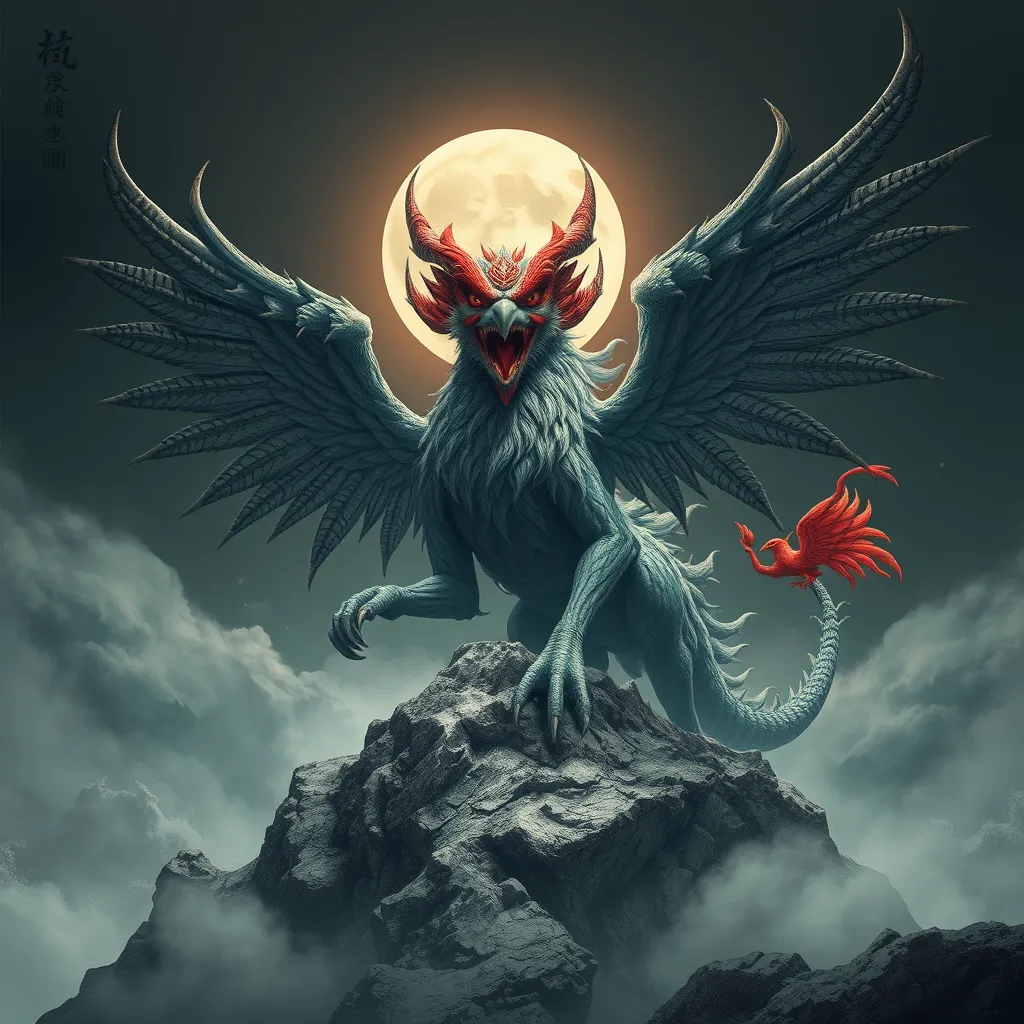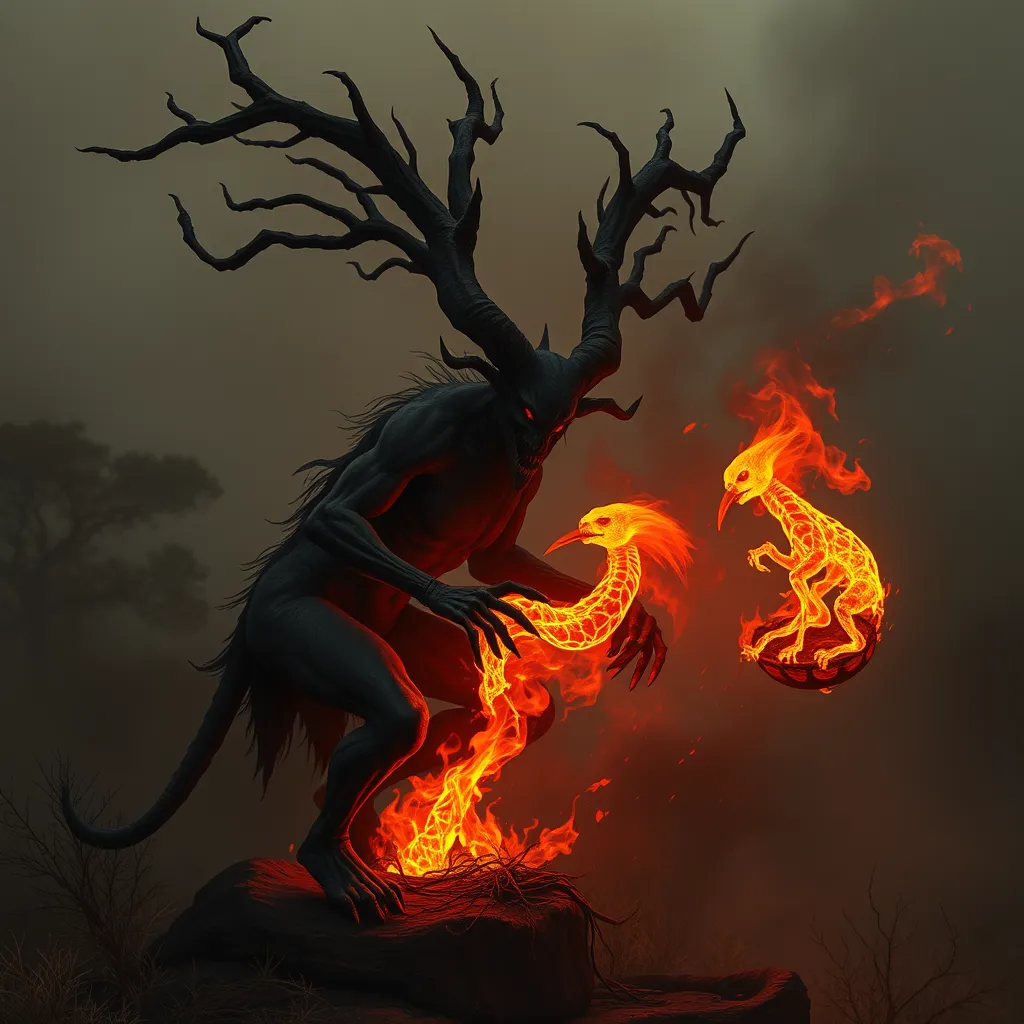The Basilisk in Art: Analyzing the Monster’s Visual Representation throughout History
I. Introduction
The Basilisk, often referred to as the “king of serpents,” is a legendary creature steeped in myth and folklore. Traditionally described as a serpent or lizard with the power to cause death with its gaze, the Basilisk has captivated the imagination of cultures throughout history.
This creature holds significant importance in various mythologies and is commonly associated with themes of danger and death, often seen as a symbol of evil. Its fearsome reputation has inspired countless artistic representations, making the study of its visual portrayal through the ages a fascinating endeavor.
The purpose of this article is to explore the evolution of the Basilisk’s visual representation in art, tracing its journey from ancient texts to contemporary interpretations.
II. Historical Origins of the Basilisk
The origins of the Basilisk can be traced back to ancient texts, where it was first mentioned in works such as Pliny the Elder’s “Natural History.” Early descriptions depicted it as a creature born from a serpent’s egg, hatched by a toad or a rooster. This bizarre origin story contributed to the Basilisk’s mythical status.
During the medieval period, the Basilisk appeared prominently in bestiaries—compendiums of animals that combined natural history with moral lessons. In these texts, it was often depicted alongside other legendary creatures, reinforcing its role as a symbol of danger and death.
- Egyptian Interpretations: In ancient Egypt, the Basilisk was associated with the sun god Ra and was believed to have protective qualities.
- Greco-Roman Accounts: Classical authors described the Basilisk as a creature that could kill with its gaze or breath.
- Medieval Legends: The Basilisk was often regarded as a creature that could only be defeated by a weasel or through the sound of a rooster’s crow.
III. The Basilisk in Medieval Art
In the realm of medieval art, the Basilisk found a prominent place within manuscripts and illuminated texts. Artists often employed specific iconography to convey the creature’s ominous nature.
Medieval bestiaries illustrated the Basilisk with exaggerated features, often including a crown to signify its status as a king among serpents. The symbolism was deeply embedded in the moral narratives of the time, where the Basilisk represented sin and the consequences of evil.
- Symbolism: The Basilisk was often depicted next to a weasel, emphasizing the theme of good triumphing over evil.
- Notable Works: Manuscripts like the “Physiologus” featured detailed illustrations of the Basilisk, highlighting its deadly attributes.
Furthermore, the Basilisk played a critical role in religious and moral narratives, serving as a reminder of the perils of sin and the importance of virtue.
IV. Renaissance Representations of the Basilisk
The Renaissance marked a significant turning point in the artistic representation of the Basilisk. Artists began to embrace classical mythology, resulting in a shift in how the creature was depicted.
With the rise of humanism, the Basilisk was often portrayed in a more naturalistic manner, reflecting the changing artistic styles of the time. Paintings and sculptures from this period showcased the creature with intricate details and a sense of realism that had previously been absent.
- Notable Artworks: Artists such as Albrecht Dürer created engravings featuring the Basilisk, blending myth with the emerging techniques of perspective and depth.
- Classical Influences: The reintroduction of classical texts inspired artists to explore themes of mythology, including the Basilisk’s role within these narratives.
V. The Basilisk in Baroque and Rococo Art
The Baroque period introduced a dramatic flair to the representation of the Basilisk. Artists embraced bold colors and dynamic compositions, resulting in evocative portrayals that heightened the creature’s fearsome reputation.
Noteworthy artists such as Peter Paul Rubens and Giovanni Battista Tiepolo depicted the Basilisk in grandiose scenes that emphasized its monstrous qualities.
- Dramatic Interpretations: The Basilisk was often shown in conflict with other creatures, symbolizing the struggle between good and evil.
- Baroque Symbolism: The creature’s representation in this era reflected broader themes of power, danger, and the human experience.
VI. The Basilisk in Modern Art
In contemporary times, the Basilisk continues to captivate artists, serving as a metaphor for various themes in modern society. Its representation has evolved, encompassing both traditional and innovative interpretations.
Today, the Basilisk appears in various forms of popular culture—from literature and films to video games and graphic novels. Artists are increasingly reflecting on the creature’s symbolism, questioning its role in contemporary narratives.
- Contemporary Adaptations: Modern artists often reinterpret the Basilisk, exploring its connection to fear, power, and societal issues.
- Popular Culture: The Basilisk has made appearances in movies and literature, illustrating its enduring legacy in the collective imagination.
VII. Symbolism and Themes Associated with the Basilisk
The Basilisk serves as a powerful symbol intertwined with various themes, including danger, death, and the monstrous aspects of nature. Its significance can be analyzed through multiple lenses:
- Danger and Death: The Basilisk is often viewed as a harbinger of doom, representing the lethal aspects of nature.
- Power and Fear: Its ability to kill with a mere glance speaks to humanity’s inherent fears of the unknown and the uncontrollable.
- Psychological Reflections: The creature embodies societal fears, acting as a metaphor for the darker aspects of human nature.
VIII. Conclusion
Throughout history, the Basilisk has undergone a remarkable evolution in its artistic representation, reflecting the changing cultural and societal contexts in which it has been depicted. From its origins in ancient texts to its modern interpretations, the Basilisk remains a potent symbol of danger, fear, and the monstrous.
Its lasting impact is evident in contemporary culture, where it continues to inspire artists and captivate audiences. As we look to the future, the study of mythical creatures like the Basilisk in art will undoubtedly reveal new insights into our collective psyche and the enduring power of folklore.



